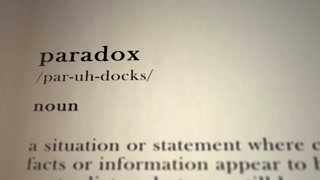The Case for Support – Part 2 – the “How”
Diana Turner, GPC
Principal, Smith Turner Consulting
smithturnerconsulting.com
Bob Gregg
Principal, The Bridge Consulting Group, LLC
thebridge.pro
Part Two: Building your Case for Support.
In Part One of this series we illustrated the many reasons why every nonprofit needs a great Case for Support. In Part Two we’ll explore how to create your Case for Support and what you might include that could help motivate, inspire, and empower donors to support your cause in a significant way.
The donor wants to know that their gift will have powerful influence on those touched by your program, both today and in the future. They want their gift to save or change lives. They want to know that by giving, they have the power to make great things happen within their lifetime.
Things to remember:
- It should inform the donor about your program, explaining why it is the best solution for an identified community issue.
- It must provide direction and a defined strategy with your vision and urgency.
- Not all Case for Support documents can be effective with all donors.
5 Steps to help outline your Case for Support:
- Introduction or ‘The Hook’: Capture the reader’s attention with something compelling and concise, ideally accompanied by a visual.
- Relevance to the community: Describe the community issue your program works to address. What is the current environment in your community relating to the issue and how does your organization fit into the continuum of care around it?
- Your qualifications: Provide an overview of your organization as it specifically relates to your community (may include mission, vision, brief history, organizational structure, etc.).
- Your hopes and dreams: Convey the message that your proposed program is an opportunity for something better. Describe why the status quo will not adequately address the identified issue. Expand with numbers and demographics of clients to be served, project timeline and how clients’ lives will be changed as a result of the program (outcomes).
- The Ask: Invite the donor to join your organization in providing something better for your community. You may want to include the proposed program budget to give the donors a sense of the scope of need. Offer tangible examples of how the donor can provide something specific within the program, such as a gift chart with naming opportunities.
As your outline transforms into a detailed Case for Support, insert photos and quotes from knowledgeable sources. Use testimonies from clients as well as from staff, board members and community leaders. Schedule interviews with those whose endorsements might add credibility to your organization and program. In answering the question, “How and why does this program merit a donor’s support?” be as specific and concise as possible while painting an accurate picture of the donor’s opportunity to change lives through your program.
While the process is laborious, the results can be spectacular. A great Case for Support can mobilize your constituents into action thus making your campaign dream a reality.
Next in Part Three:
When to use your Case for Support: Best Practices for leveraging this powerful tool.
[raw][contact-form subject=”More Information Please” to=”bob@thebridge.pro”] [contact-field label=”Name” type=”name” required=”true” /] [contact-field label=”Email” type=”email” required=”true” /] [contact-field label=”Phone” type=”text” /] [contact-field label=”Comment” type=”textarea” /] [/contact-form][/raw]





